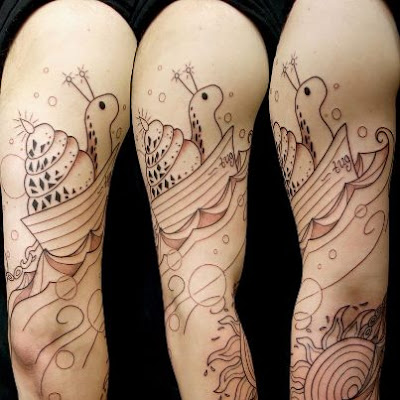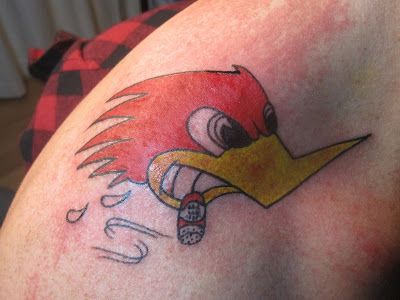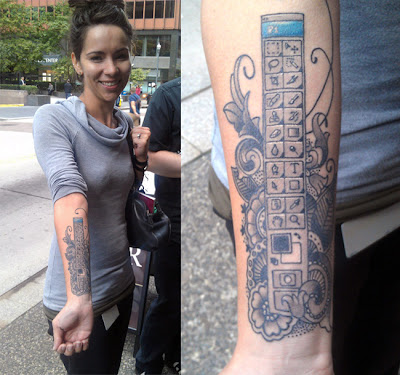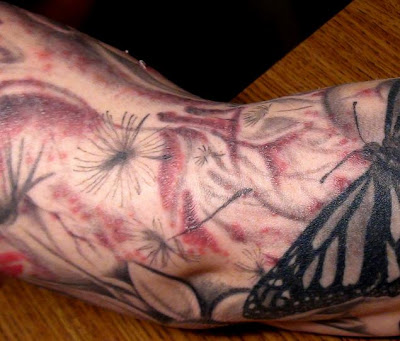The symbolism of a tribal tattoo is emblematic, exhibiting the essence of the spirit of each society, and its culture. The various designs honor gods, spirits, Nature, rebirth, regeneration, life's cycles, seasons, etc. They originated in earlier civilizations, reflecting their culture. It is believed that tattoos began with man mutilating his skin leaving an everlasting scar. The application was either by using a sharp object cutting the skin or perhaps by burning their skin. Over time the process has evolved to become more refined turning into a form of art.
Primitive societies were close to the earth, and it is understood that first tribal patterns honored the sun and fire in worship of their gods. It is quite likely that those wearing such tattoos believed they were eminent so were accepted as being closer to their gods.
Traditional ceremonies giving rise to tribal tattoo pictures are founded on three key issues: pain, blood and permanence. Through time tattooing became more developed allowing patterns to become more intricate changing into an accepted form of art. In its present form, past native and aboriginal designs are mixed with current artistic translations and modern graphic styles.
The first tribal tattoo pictures supported a unity for tribe members, a status within society and even kith and kin. It was widespread community practice as a confirmation ceremony or induction into the tribe. The belief has even extended into people rejoining in eternity. As Earth has become a global village, many 'tribal' unique qualities have disappeared. Non-the-less, there are new emerging 'tribal groups' today which exhibit a common theme in the design of their body art, whether neighborhood gangs, bikers, or comparable groups. Current tattoos are basically the same by offering a stamp of admission to, and a permanence of, being a member of the gang.











No comments:
Post a Comment